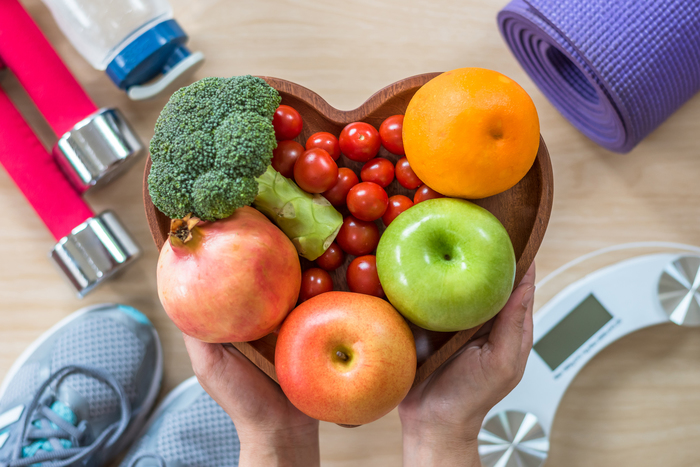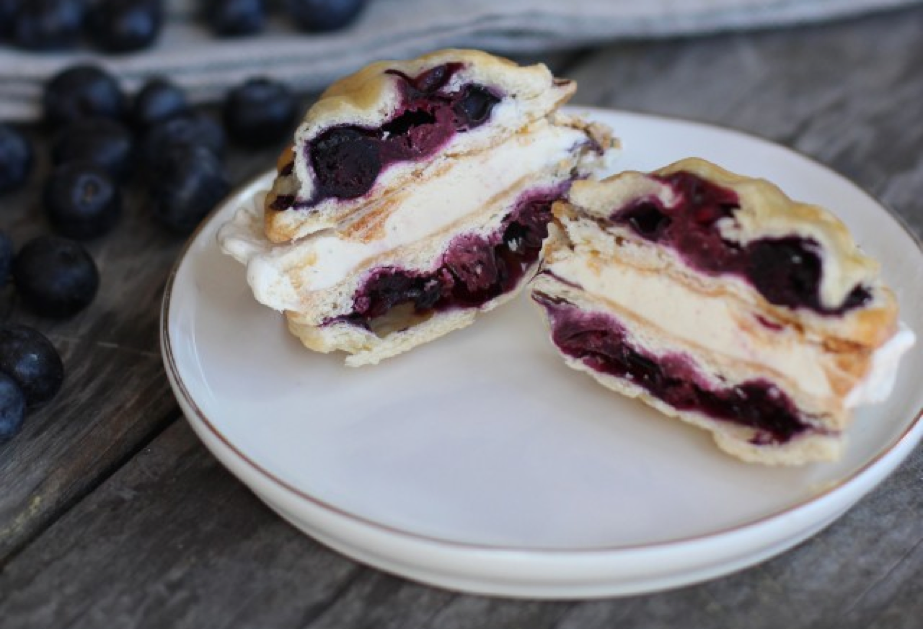 During the winter, we often see breast reconstructive surgery patients who suffer from dry skin and psoriasis. While dry skin is a common winter complaint, it doesn’t have to be your fate. Following are some tips to prevent dry skin and take care of psoriasis.
During the winter, we often see breast reconstructive surgery patients who suffer from dry skin and psoriasis. While dry skin is a common winter complaint, it doesn’t have to be your fate. Following are some tips to prevent dry skin and take care of psoriasis.
Eat plenty of good fats.
Your body needs essential oils to keep everything smooth, silky, and healthy. Be sure to eat healthy-fat foods every day, such as avocados, nuts, and salmon. Check with your doctor to see how much you need, and enjoy!
Drink plenty of water.
We tend to forget to drink plain water in the winter because we crave warm drinks such as cocoa and tea. If your body doesn’t get enough water, it won’t stay hydrated, and your skin shows it. Drink at least eight glasses of water a day, and more if you’re thirsty. If this doesn’t help, your home may need more moisture in the air. Try a humidifier.
Sunscreen is still vital.
Even though the sun may be hiding behind clouds during the winter, it doesn’t mean you can skip sunscreen. The sun can still damage your skin through the clouds and cause a psoriasis outbreak. If you love snow sports like skiing or snowshoeing, the glare can burn your skin and hurt your eyes—so don’t forget sunglasses! Be sure to carry sunscreen with you so you can reapply as necessary.
You may need a heavier moisturizer.
What worked well in the summer for moisturizing your face and body may not do the job during the winter months. If you love your moisturizer and don’t want to change, you may need to simply apply it more often during the day. Otherwise, look for a creamier moisturizer with more staying power. You might also consider using something like Bag Balm or coconut oil.
This tip will also help keep psoriasis flare-ups at bay, especially if you apply moisturizer liberally after baths and showers. Speaking of which . . .
Nix extra-hot showers and baths.
You love hot showers in the winter, but they’re actually doing more harm than good for your skin. The heat dissipates the oils in your skin, causing it to dry out and itch. If you do have itchy skin or a psoriasis outbreak, try a lukewarm oatmeal bath with plenty of non-allergenic moisturizer afterward.
Keep stress down.
Psoriasis, like most skin conditions, flares up when you’re under stress, and then the flare-up makes your stress worse. It’s a vicious cycle. Recognize your own early triggers of stress, and do what you can to reduce or prevent it, such as working out, meditating, or talking out your problems. If you’re facing breast reconstructive surgery, you’re already under stress, so you may experience a flare-up. If stress is an issue for you, contact your doctor for help.
What do you do to combat dry skin or psoriasis?

















